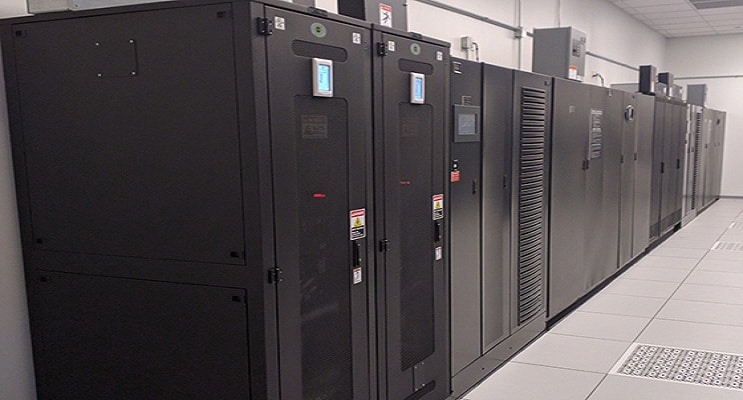Originally posted to Data Center Frontier by Voices of the Industry,

The chips and circuitry in these devices have evolved, become more powerful and continue to shrink, but the innovation that really removed the shackles and made it all mobile is the battery – specifically, the lithium-ion battery (LIB). It solved the problem of compact, light, long-lasting energy storage, and the applications are stretching far beyond cell phones and portable computers. The same benefits that make them so appealing for home electronics are valued in many different applications. We’re seeing them more and more in energy-gulping mechanical technologies such as automobiles, airplanes, military equipment and even golf carts, and more recently – the data center.
For decades, data center uninterruptible power supply systems (UPS) have predominantly relied on valve regulated lead acid (VRLA) batteries for backup transitional power. For the work they do, VRLA batteries themselves are relatively cost effective, but they are also big, heavy, don’t hold a charge as long as ideal and they require fairly frequent replacement. But they do what the UPS needs them to do – provide adequate power to cover the transition from grid to generator.
To read the full article please click here.


